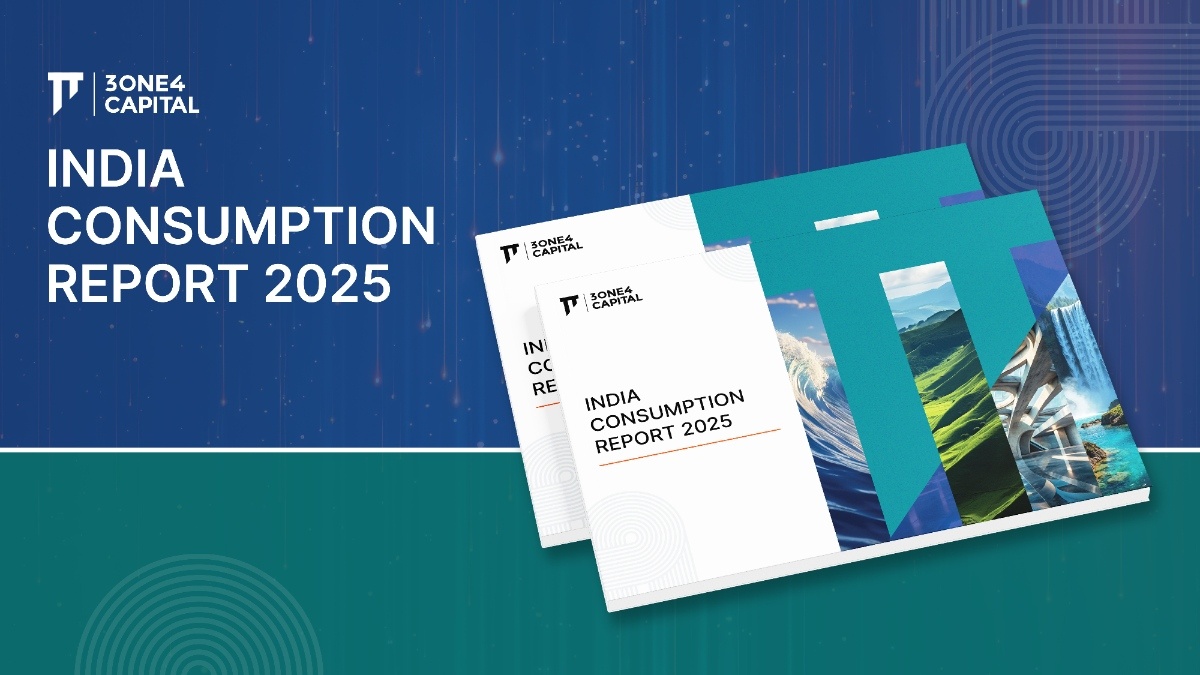
For want of liquidity, a slowdown is born
The transmission of repo rate cuts to the end-consumer, by linking loans to a benchmark rate, will help free up liquidity and lower borrowing costs.

Choked by water, but starved of liquidity — if there is one phrase that can sum up India’s predicament today, it would be this. India’s GDP growth has been driven by consumption, and credit has been the lynchpin of this. In India, credit is the de jure realm of banks but the de facto business of non-banking finance companies (NBFCs). The seeds of this slowdown lie in the NBFC crisis and the subsequent drying up of credit, which has hobbled consumption.
Indian banks were reeling under a mountain of NPAs — peaking at 11.5% gross of all advances made by the banking system as of March 31, 2018. As banks became cautious, NBFCs picked up the slack, and drove access to credit for all consumers, bolstered by technology, public deposits, FMPs, NCDs and their ability to refinance their loans from mutual funds, and other credit lines. But, all this came to a head in September 2019, with India’s Lehman moment — the IL&FS default of over Rs 1,500 crore.
Warning signs of the IL&FS crisis were evident as early as June 2019, with a default Rs 450 crore of inter-corporate deposits. The September default lead to a snowball effect throughout the entire NBFC financing ecosystem. Provisioning for the over Rs 91,000 crore debt extended to IL&FS, debt mutual funds saw the worth of their investment shrink by over 10% in 4 months, corporate bond issuances saw yields sky-rocket, and these issuances declined over 13% during the first nine months of 2018–19, as per a CARE report. Credit rating agencies rushed to downgrade various issues, and people pulled money out of the market until the storm died down. The pain felt by the investors was immediate, but the bleeding effect on consumers was just beginning.
Consumer lending is India has been driven by NBFCs, who contributed over 40% of all consumer finance in the country. Consumers looking to make high-value purchases, like cars, two-wheelers, housing consumer durables, houses, etc, seldom do this fully out of their own savings — they have increasingly relied on NBFCs for credit. The lending parameters of banks aren’t geared toward uncredited borrowers, who are slowly entering the formal economy, leading to the rise of the NBFCs as a means to quench this credit demand. But, in spite of the apparent riskiness of these borrowers, NBFCs have historically had lower NPAs than banks since the loan amount, and tenure of these retail loans are lower than the wholesale credit offered by banks. But, NBFCs rely on the credit markets in order to function, and any evaporation of credit cripples the entire economy.
NBFCs, as a business, are not the creators of credit — they are facilitators of it. They function as intermediaries between banks, investors and savers — the storehouse of credit — and borrowers, whose consumption drives economic growth. NBFCs are beholden to their Net Interest Margin or NIMs — the spread between their cost of borrowings and their yield from lending. NBFCs also need rely on the ability to refinance their own borrowings to avoid an asset-liability mismatch, where the returns from their loans lent out aren’t enough to service their own borrowings. This unholy trifecta — the inability to obtain credit from banks and investors, lowering NIMs due to higher borrowing costs, and an asset-liability mismatch — has caused them to scale back heavily on new loans while, simultaneously, liquidating their assets in order to generate liquidity to finance their own obligations.
It is this key issue that is at the root of the current slowdown in India.
The timing of the NBFC crisis was also inopportune, causing the crisis to balloon to what it has become. The IL&FS crisis evolved at a time when the then-finance minister was of ill-health during its first quarter, and Parliament went into its budget session, with an interim finance minister, during the second quarter. The next quarter saw the nation gripped by elections, and the fourth quarter after IL&FS marked the new budget session of Parliament. This exacerbated the situation, since strong policies were the need of the hour, and though systemic liquidity was high, thanks to the bank capitalisation exercises undertaken, and the lowering of the repo rate, but these rate cuts were not transmitted to the end borrowers, and lending to the end-consumer didn’t rise fast enough to fill the gap left by NBFCs. RBI should have studied the flow of credit to the consumer as opposed to only looking at systemic liquidity, for what good is money in the system if consumers can’t borrow?
One measure to alleviate this liquidity crisis is ensuring more credit reaches the end-consumer. The securitisation of existing NBFCs loans and the Rs 1 trillion partial credit guarantee scheme to PSBs will inject liquidity into NBFCs, but this is the substitution of AA-rated assets for cash, not a fresh injection of liquidity. This will allow NBFCs to retire some of their debt, and will not increase credit to the end-consumer. Injecting fresh funds into the PSBs will not translate into higher credit extended to customers since the money goes into dealing with their legacy NPA issues, and into wholesale lending, not retail lending. Over the past five years, the government has infused over Rs 2.5 lakh crore into PSBs, but, as of today, their market cap is only Rs 2.3 lakh crore. These investments have not yielded the liquidity that Indian consumers crave.
NBFC credit disbursal to consumers fell 28.2% between March and June 2019, from Rs 2.49 lakh crore to Rs 1.79 lakh crore. The contraction in the auto industry, the slowdown in construction, the pile-up of housing inventory to 42 months, job loss, and drying up of investment, all trace back their origin to the lack of liquidity. Paradoxically, the SBI chairman, Mr Rajnish Kumar, said that he has over Rs 1 lakh crore to lend, but doesn’t have anybody to lend to, while NBFCs have customers but no money to lend. A match made in heaven! NBFCs need to be commended for the role they play in enabling credit growth, and the step-motherly treatment meted out to them should stop.
Increasing liquidity, needs bold measures. The surcharge rollback on FPIs was only of listed equities, and equity funds, not for debt. This is exacerbating the liquidity crunch since the profile of the returns from such funds has been skewered. The transmission of repo rate cuts to the end-consumer, by linking loans to a benchmark rate, will help free up liquidity, and lower borrowing costs. Injection into consumer lending companies, and accessibility of credit for NBFCs will help spur consumption for the upcoming festival season, and revive the falling GDP numbers.
Credit is the fuel of economic growth, and the entire slowdown traces itself back to the lack of credit availability to consumers. This Gordian knot of systemic liquidity, but no credit, has snowballed into a self-inflicted crisis. It is reminiscent of a poem from the “The Nail” series by DC comics, which begins with the following lines:
For want of a nail the shoe was lost,
For want of a shoe the horse was lost,
For want of a horse the knight was lost,
For want of a knight the battle was lost,
For want of a battle the kingdom was lost.
So a kingdom was lost — all for want of
a nail.
For the want of credit, India’s path to a $5 trillion economy should not be lost.
This article was co-authored by T.V Mohandas Pai and Siddarth Pai and was first published on September 09 , 2019 in the Financial Express. Read the original article here.


.webp)












